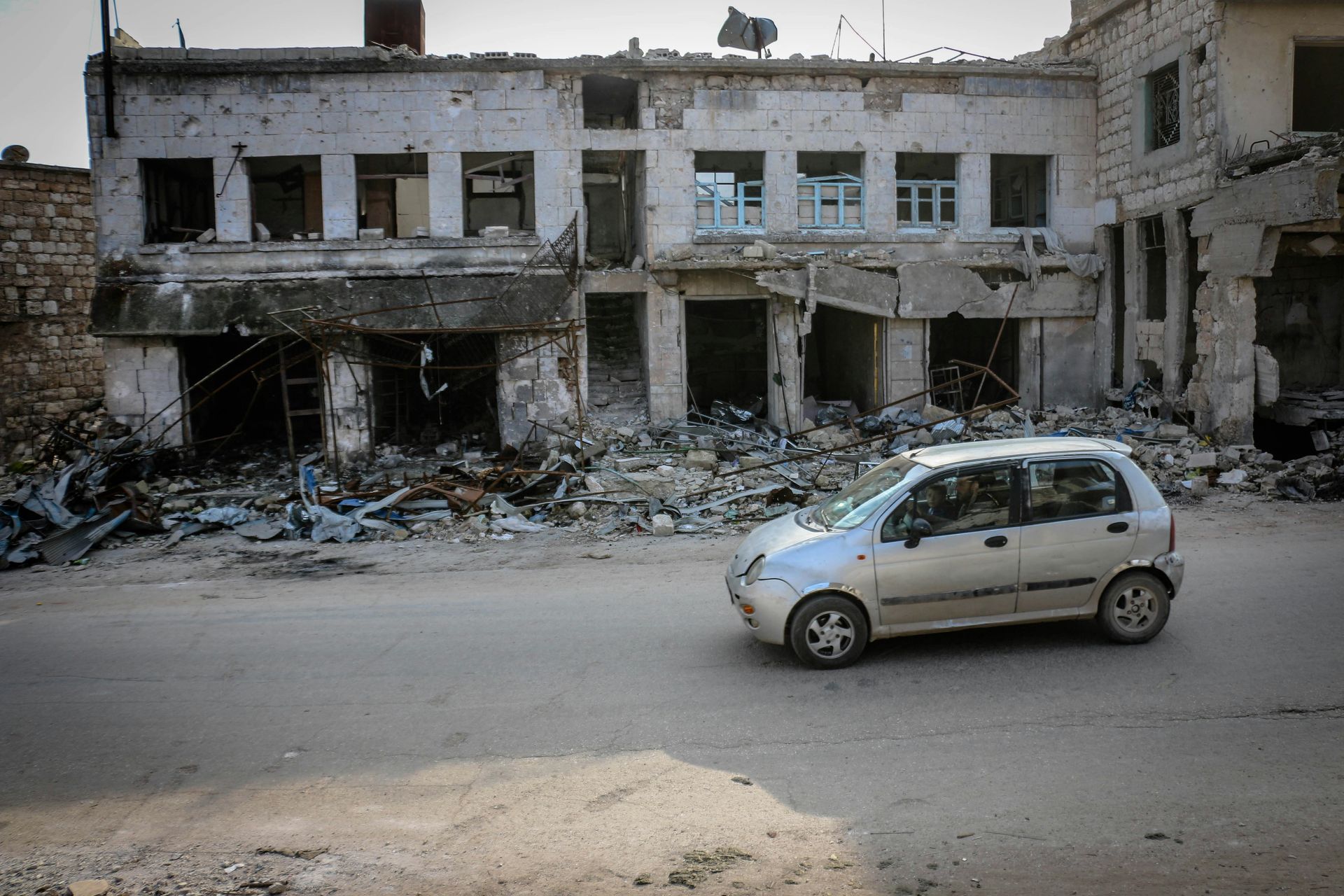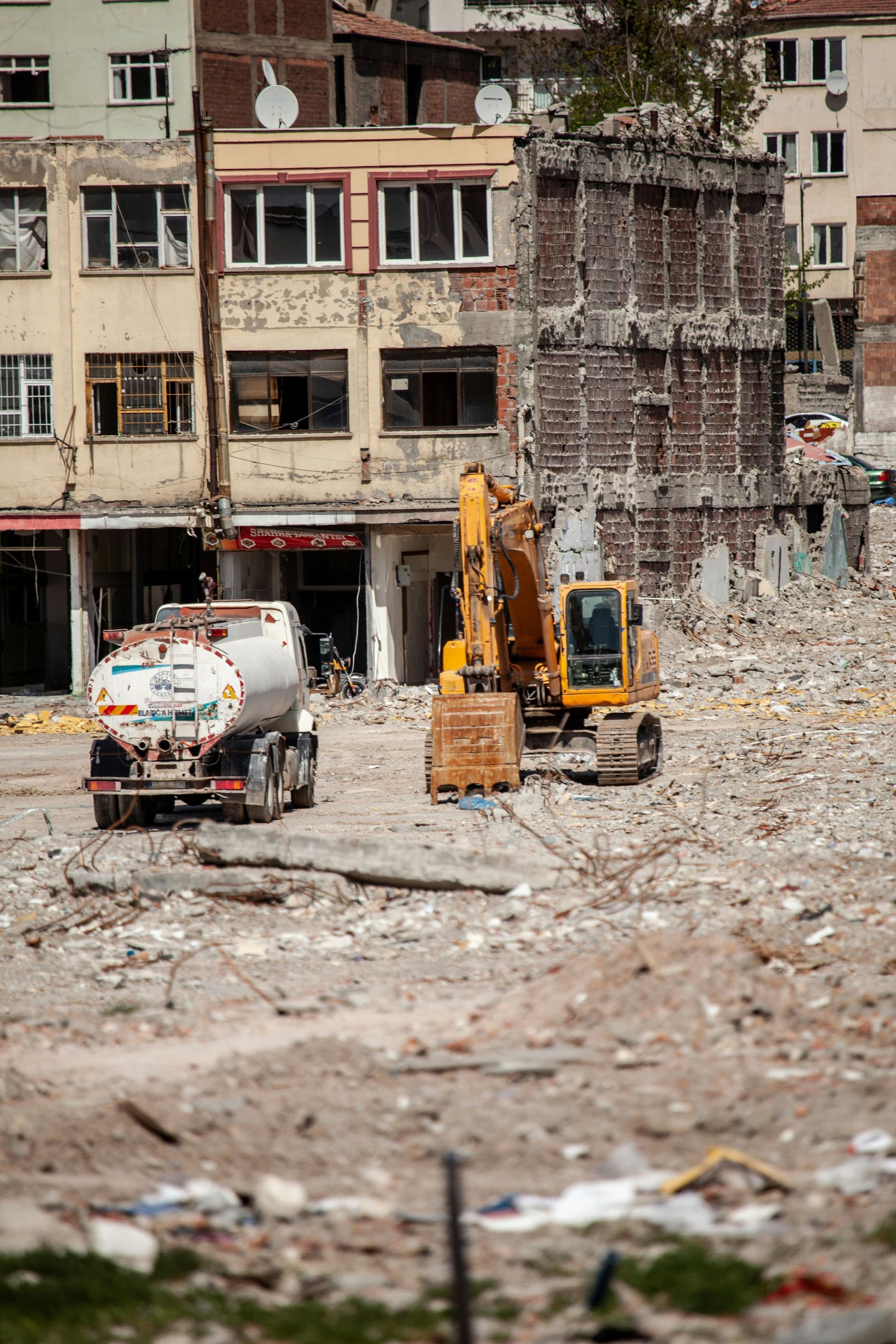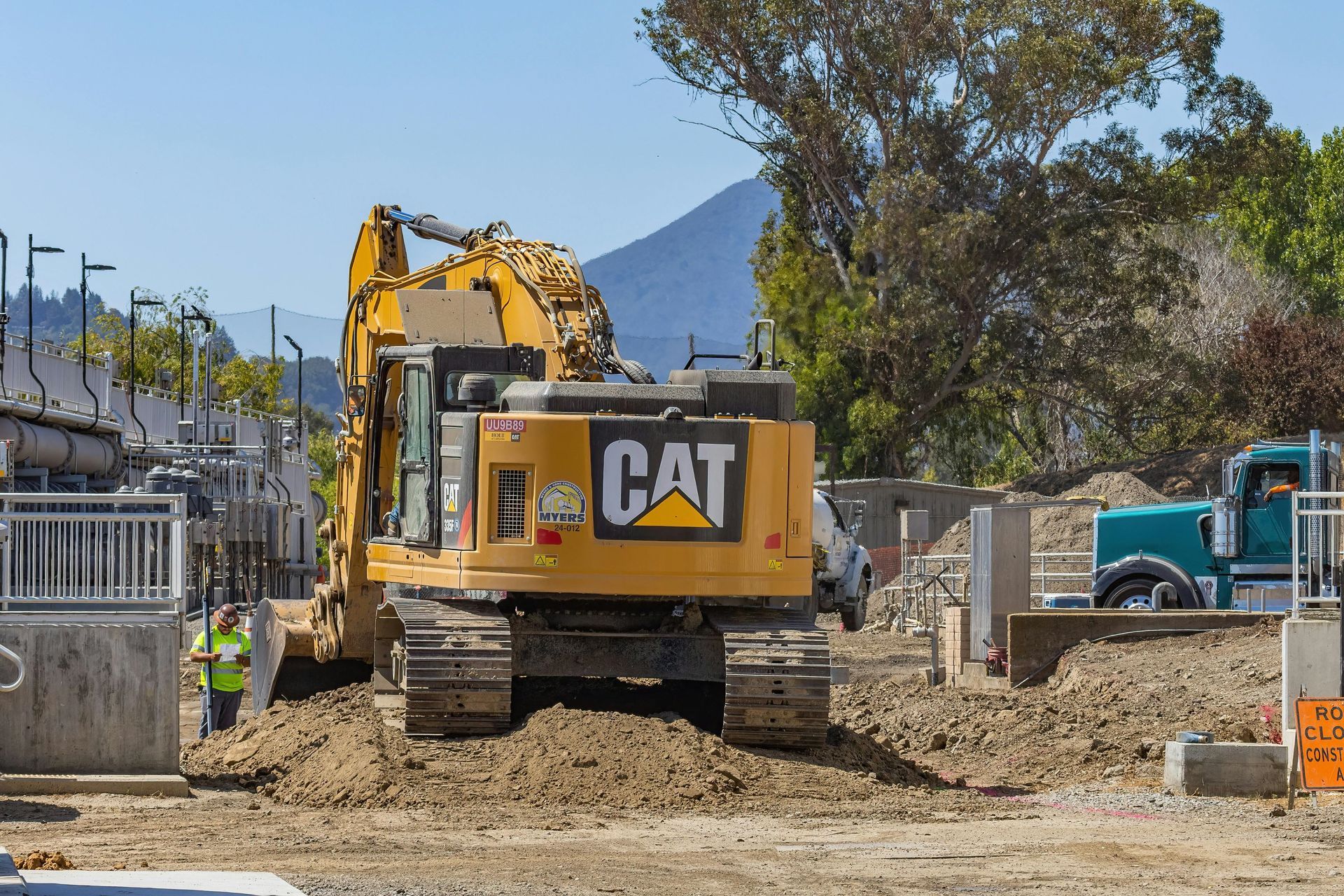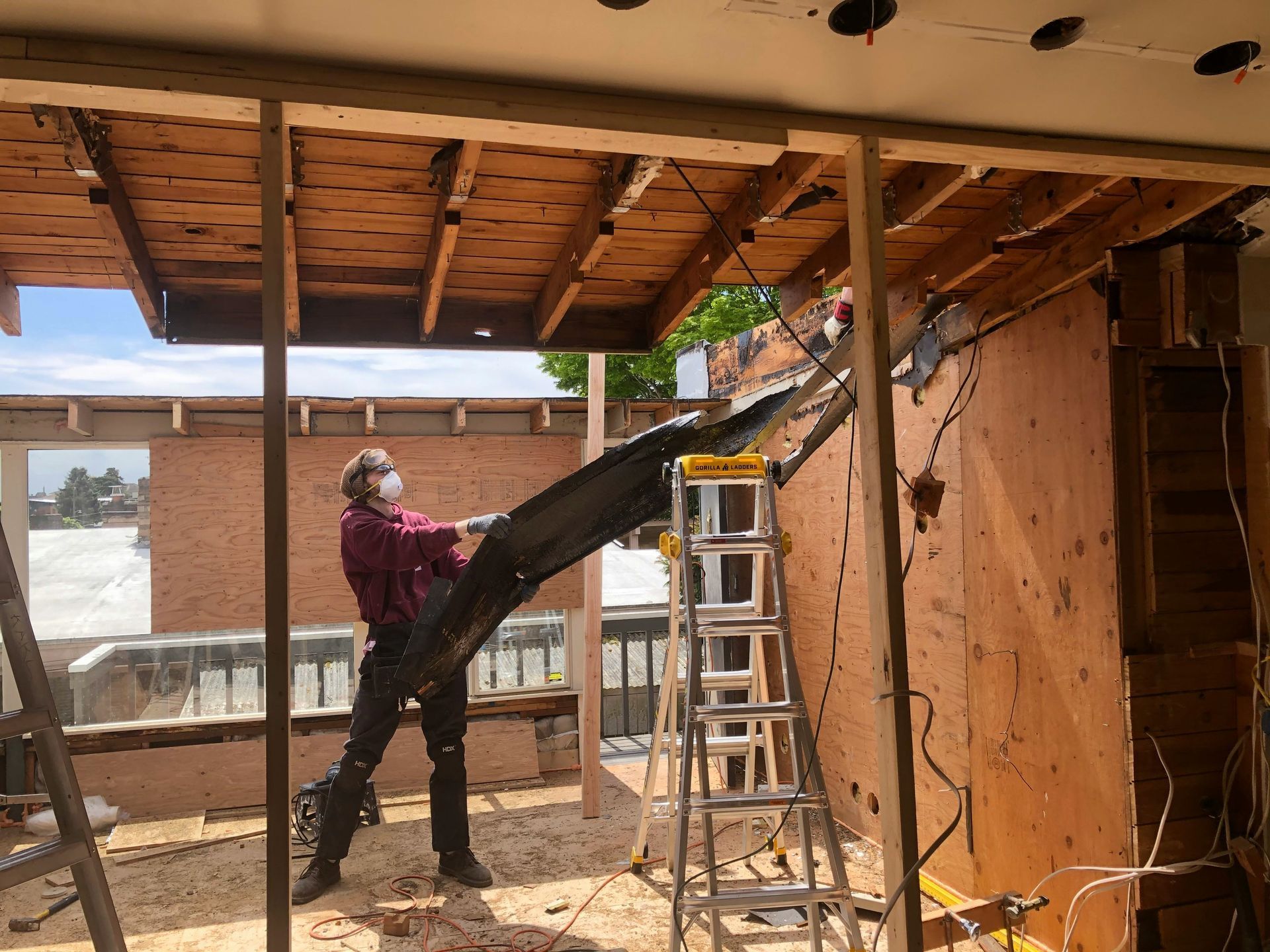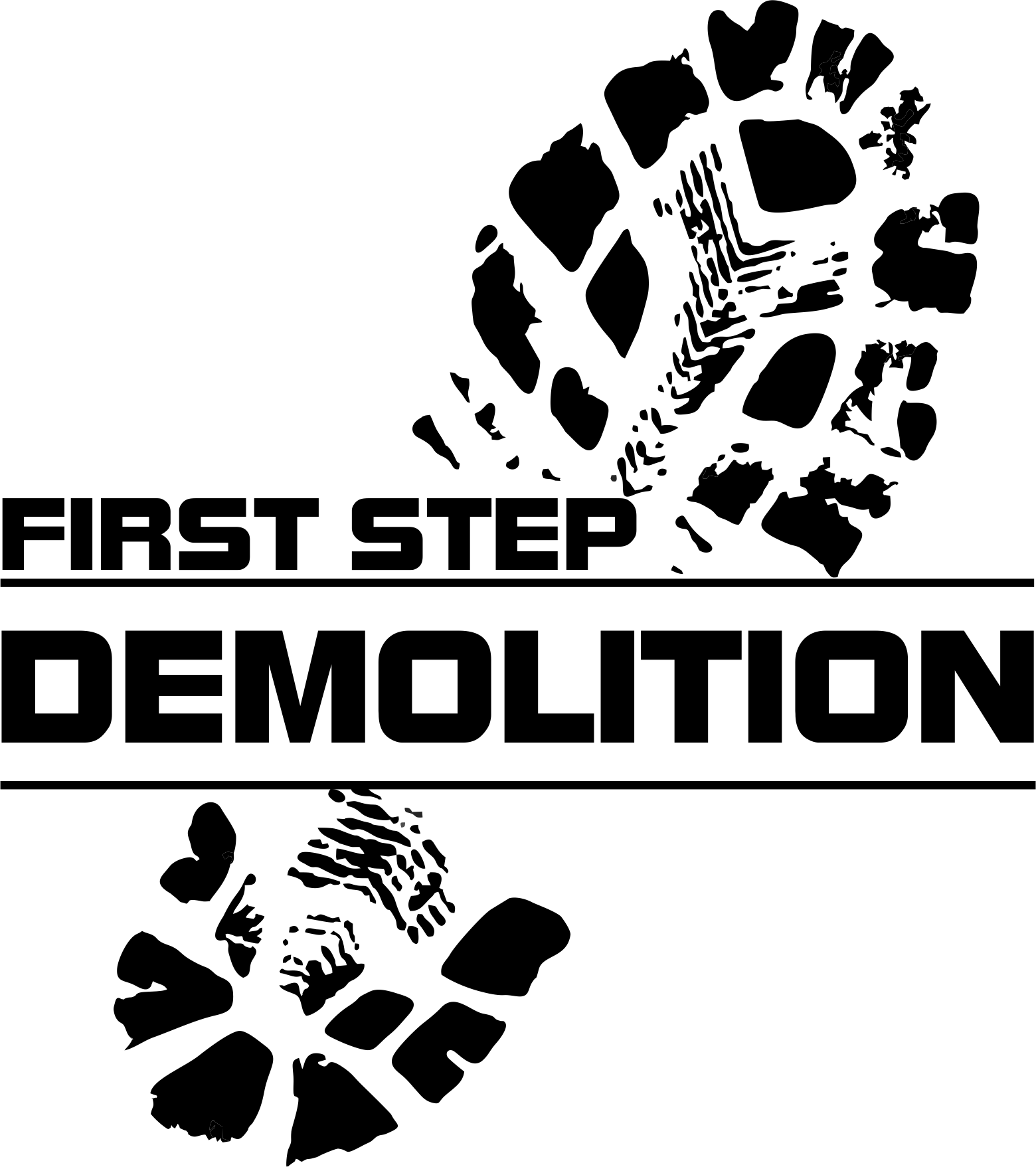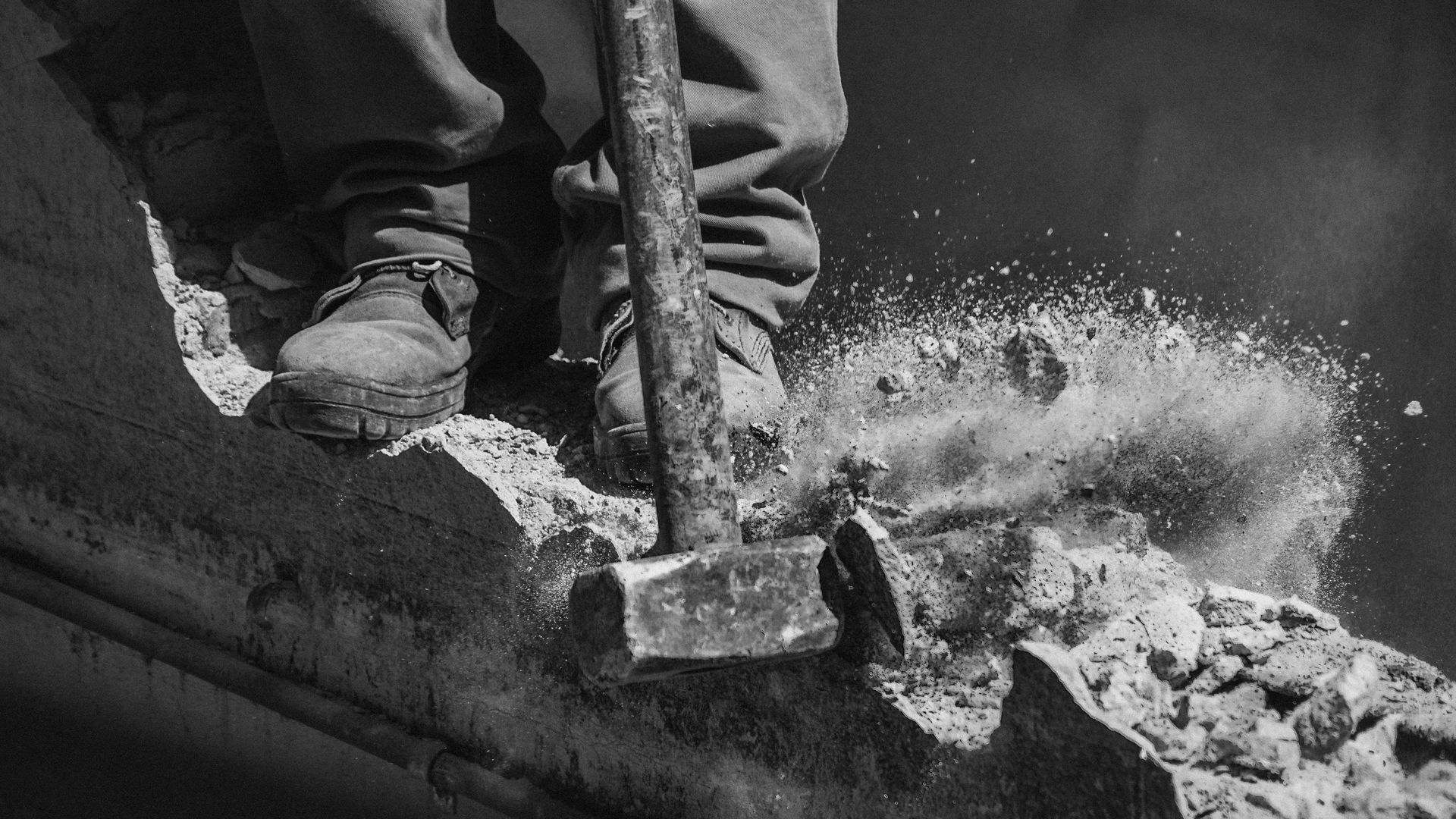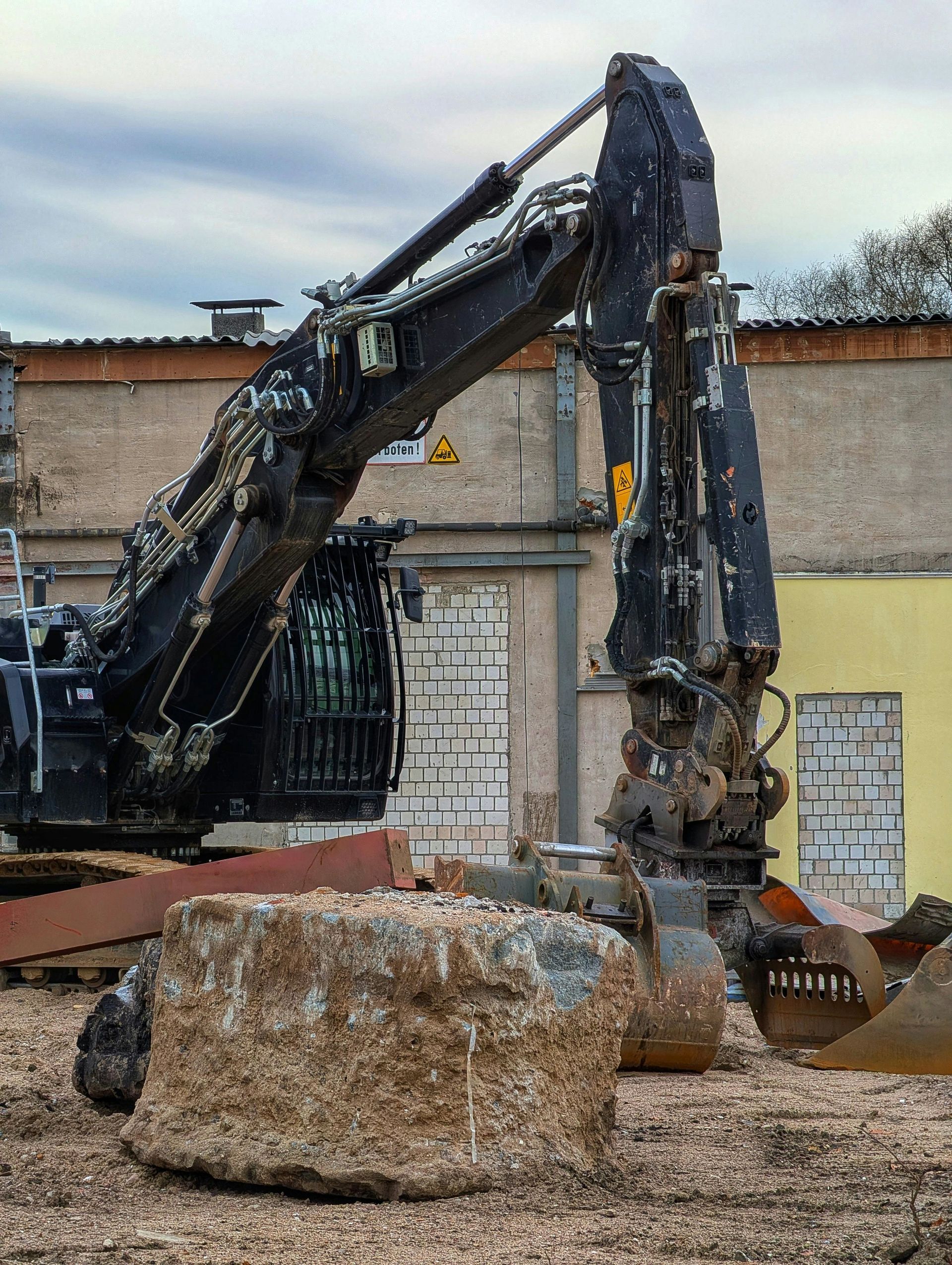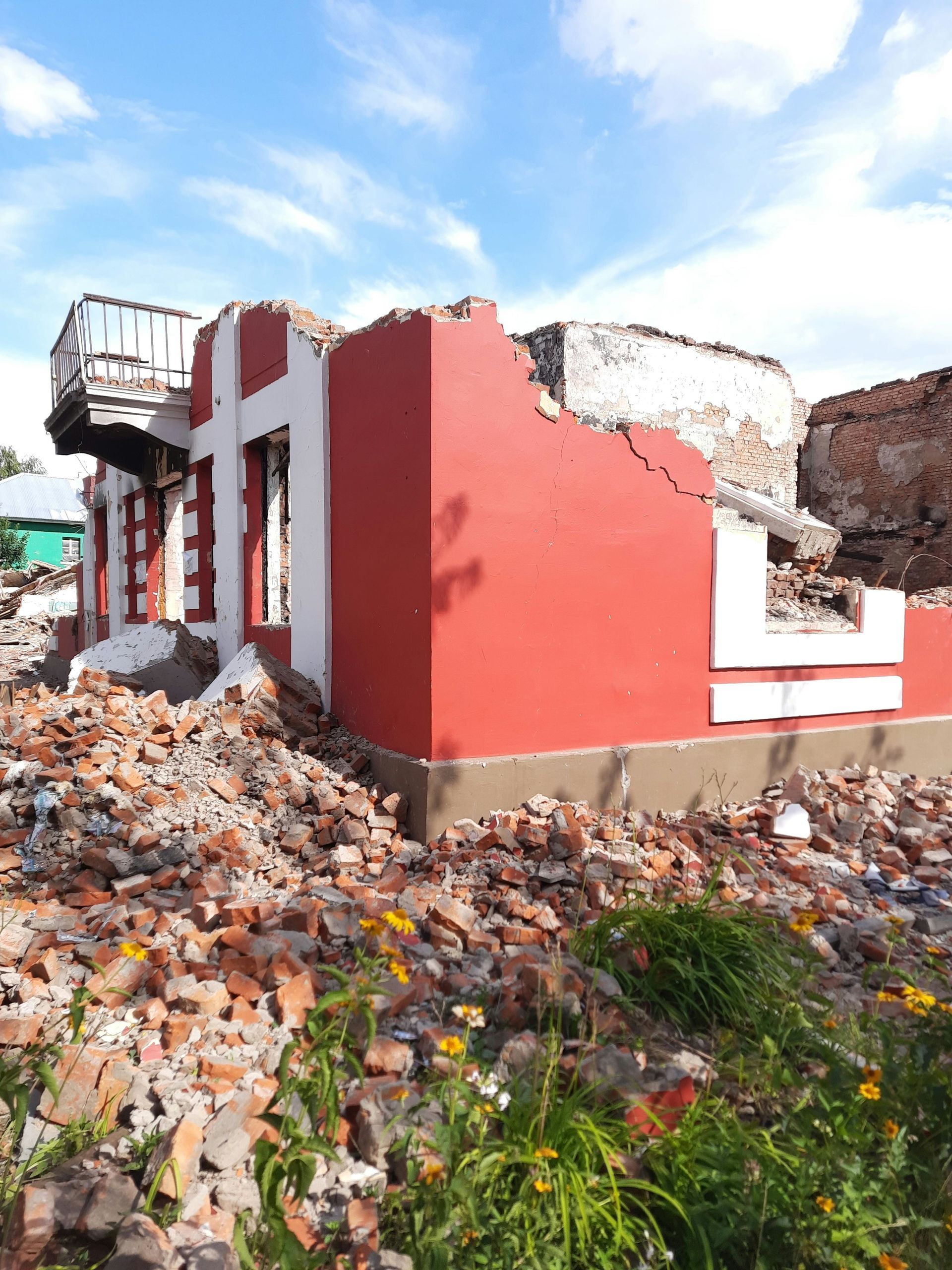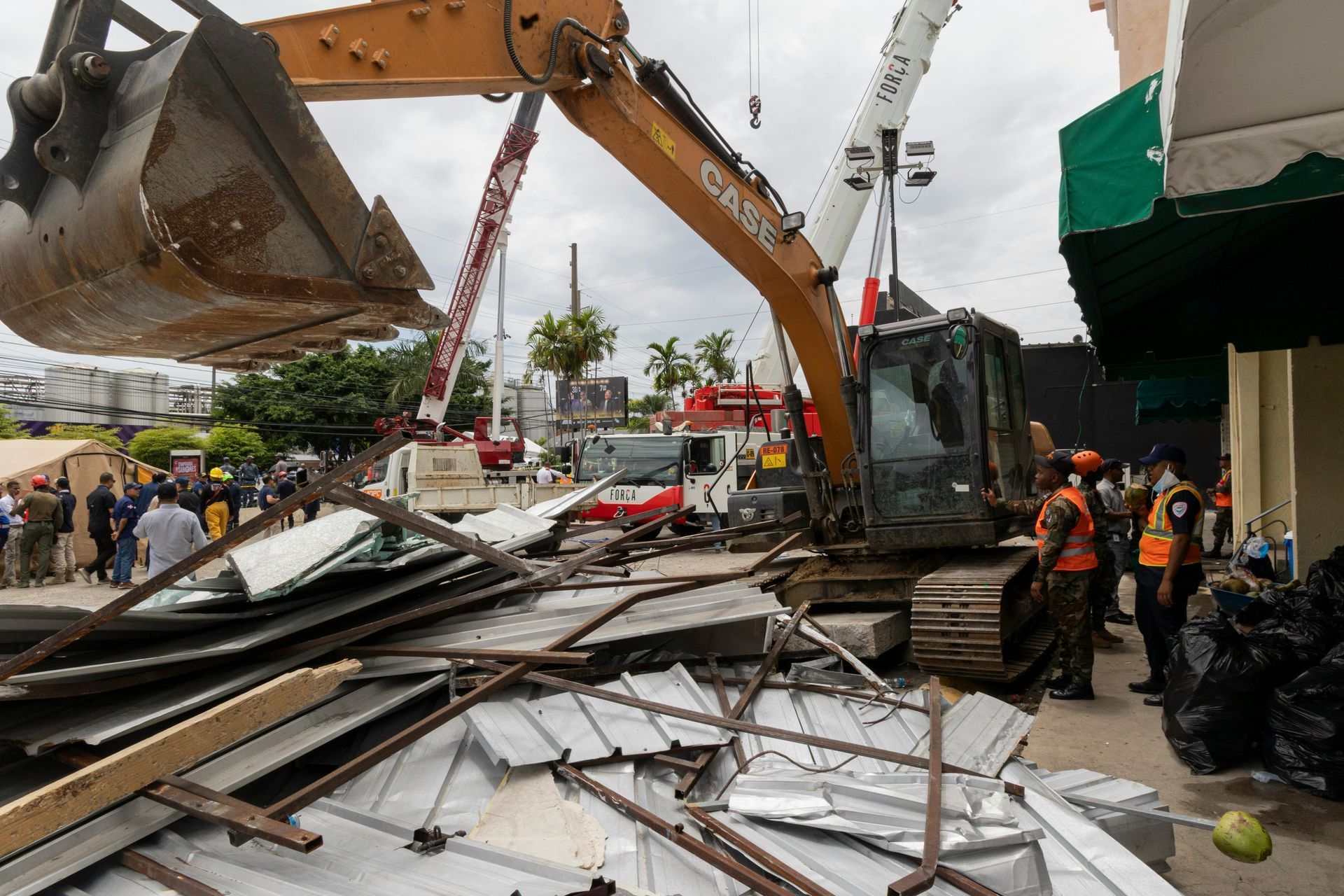Concrete Demolition vs. Concrete Cutting: What's the Difference?
Demolition and construction projects often require the handling of concrete. Concrete, as we all know, is a primary building material used worldwide. In any kind of building construction, concrete is present. When it comes to dealing with concrete, two essential methods stand out: concrete cutting and concrete demolition. However, these two methods are not interchangeable and are employed depending on the project's needs and goals. Understanding the differences between concrete cutting and concrete demolition can help you decide which method is most appropriate for your specific project. That is why in this blog post, we will talk about the differences between concrete demolition and concrete cutting.
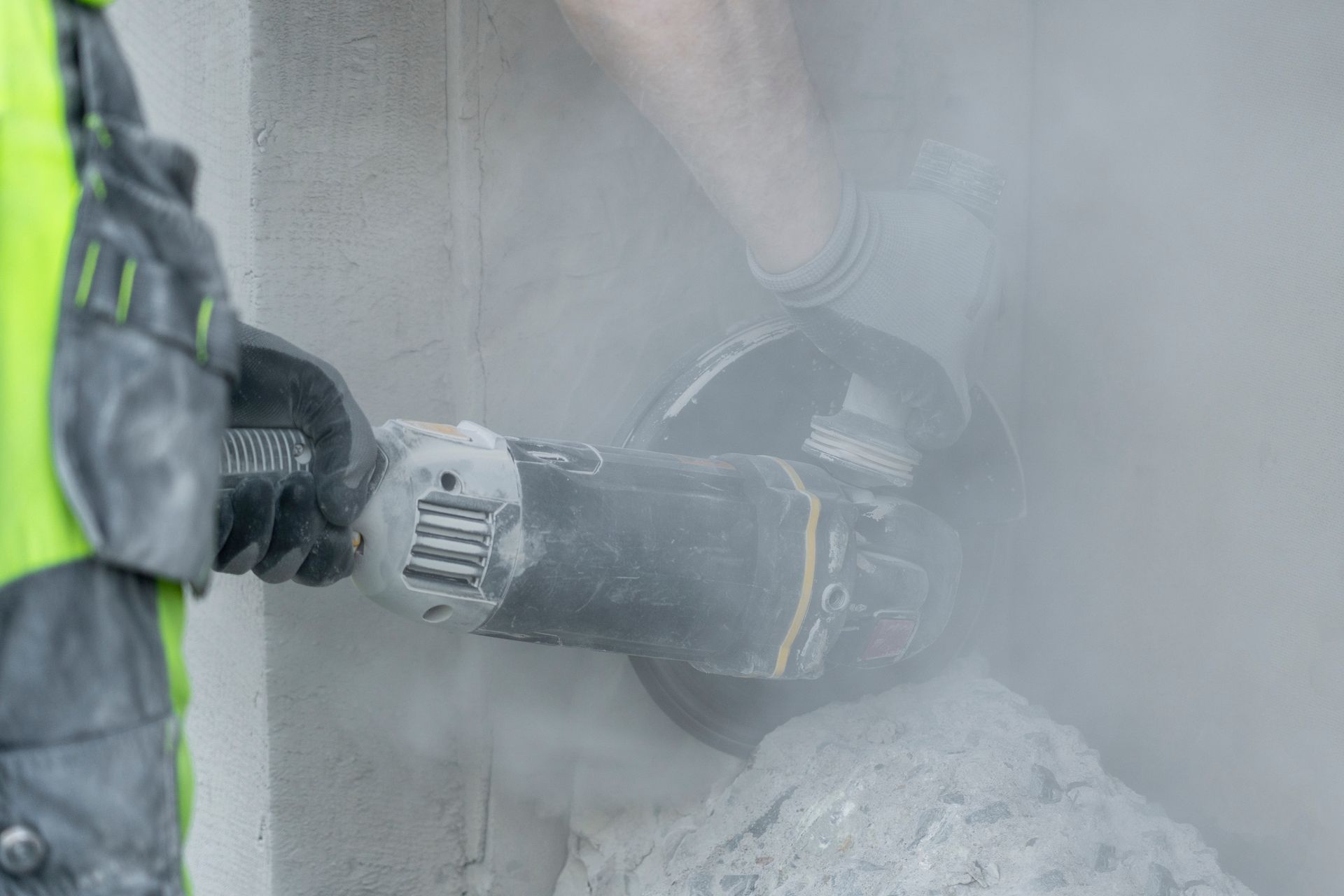
The Difference Between Concrete Demolition and Concrete Cutting
Concrete has been around for a long time that we do not know where it really came from. A lot of ancient civilizations have their own variation of concrete. The Romans, for instance, were known to use a version of concrete in their architectural feats. One of the most famous examples is the Pantheon in Rome, built in 126 AD. It has the largest unreinforced concrete dome in the world. Remarkably, the Pantheon is still standing after nearly 2000 years. This just proves the durability and longevity of concrete.
The Roman formula for concrete was quite different from the concrete we know today, though. They used a mix of volcanic ash, lime (calcium oxide), and seawater to bind with volcanic rocks. This combination resulted in a concrete that could withstand the elements and even harden underwater, making it ideal for building harbors. In contrast, modern concrete typically consists of cement (commonly Portland cement), aggregate (such as sand or gravel), and water. This versatile material can be cast into almost any shape, and it's strong, durable, and resistant to fire.
What is Concrete Cutting?
Concrete cutting, also known as saw cutting, is a precise and controlled process of removing concrete. This process is usually used when you need to make clean, smooth finishes for openings, such as doors, windows, or utility lines. Specialized tools such as diamond cutting saws are used, capable of cutting through the rebar within the concrete.
Concrete cutting is preferred when precision is required. It is also less destructive, minimizing collateral damage to the surrounding structures. Moreover, it produces less noise and dust compared to concrete demolition, making it more suitable for populated or environmentally sensitive areas.
What is Concrete Demolition?
Concrete demolition, on the other hand, is the process of tearing down concrete structures completely. This is typically achieved through methods like pressure bursting, ball and crane, or even explosives for larger structures. Concrete demolition is usually the go-to method for removing large volumes of concrete or when the entire structure needs to be removed.
Demolition is a more intensive and potentially hazardous process, requiring strict safety protocols. It's often louder, dustier, and more disruptive to the surrounding environment. However, it's a faster process when dealing with large structures and is often more cost-effective for sizable projects.
Concrete Cutting vs. Concrete Demolition: The Key Differences
The primary differences between concrete cutting and concrete demolition can be highlighted in the following aspects:
Precision
Concrete cutting is a more precise process and is best suited for creating neat openings or alterations without damaging surrounding structures. In contrast, concrete demolition is about breaking down and removing structures, often in their entirety.
Speed
For large projects where an entire structure needs to be removed, demolition can be faster and more efficient. Cutting, however, is generally slower due to its precise nature.
Impact
Concrete cutting is less disruptive to the environment and nearby structures, producing less noise and dust. Demolition is typically louder and dustier, with potential vibration impacts on nearby structures.
Cost
The cost can vary based on the size and complexity of the project. Demolition can be more cost-effective for larger projects, but cutting might be a more economical option for smaller, more delicate tasks.
Safety
Both methods require stringent safety measures, but demolition can potentially pose more safety risks due to the nature of the work, including flying debris and increased vibration.
Benefits of Hiring Professional Demolition Contractor When Dealing with Concrete
Although a lot of people opt for the DIY approach when doing concrete cutting or concrete demolition, hiring professionals is still better. Hiring a professional demolition contractor for concrete work comes with several significant advantages:
1. Expertise and Experience: Professional contractors have years of experience and possess a deep understanding of the demolition process. They're knowledgeable about the safest and most effective methods to use for different types of projects, and they understand how to handle unexpected situations that might arise during the demolition process.
2. Safety: Demolition, particularly concrete demolition, can be dangerous if not handled correctly. Professional contractors are trained to follow strict safety protocols and have the necessary safety equipment to prevent accidents. They also carry insurance, which protects you from liability in the event of an accident.
3. Efficiency: Professionals can complete the job quicker due to their knowledge, experience, and equipment. This efficiency can save you time and potentially reduce project costs in the long run.
4. Proper Equipment: Professional contractors have access to high-quality, specialized equipment needed for different types of demolition work. This equipment can handle the tough nature of concrete demolition and help ensure the job is done correctly and safely.
5. Compliance with Regulations: Demolition work often falls under specific local, state, and federal regulations, including handling and disposal of construction waste. Professional demolition contractors are aware of these regulations and will ensure that the project complies with them, avoiding potential legal issues.
6. Waste Management: Professionals know how to properly dispose of or recycle demolition waste in compliance with environmental regulations. This aspect is especially important in concrete demolition where the waste material is bulky and potentially hazardous.
7. Cost-Effective: While it might seem cheaper to do it yourself or hire unskilled labor, hiring a professional contractor can be more cost-effective in the long run. They can avoid costly mistakes, delays, and damage to utilities or surrounding structures.
While it may be tempting to undertake concrete demolition projects yourself or with non-professionals, the benefits of hiring a professional demolition contractor greatly outweigh the perceived savings. It's a decision that prioritizes safety, compliance, and efficiency, while potentially saving you time and money.
Conclusion
As you have read, both concrete cutting and concrete demolition have their specific uses and advantages. The choice between the two will ultimately depend on your project requirements, the extent of the work to be done, and the environmental considerations of the project site. When in doubt, consulting with a professional contractor can help guide you to the most appropriate and efficient method for your project.
First Step Demolition
Are you still unsure about whether concrete cutting or concrete demolition is right for your project? The experts at First Step Demolition are ready to help. With years of experience in both methods, we can guide you towards the best solution that suits your specific needs. No job is too big or too small for us, and we always prioritize safety, efficiency, and customer satisfaction.
Ready to take the first step towards your project's success?
Contact us today at First Step Demolition. Let's build your future, starting with a solid foundation. We're just a call or click away!
